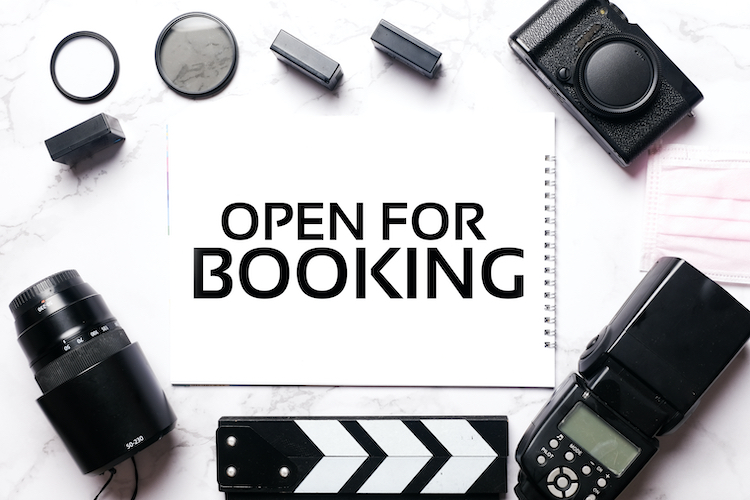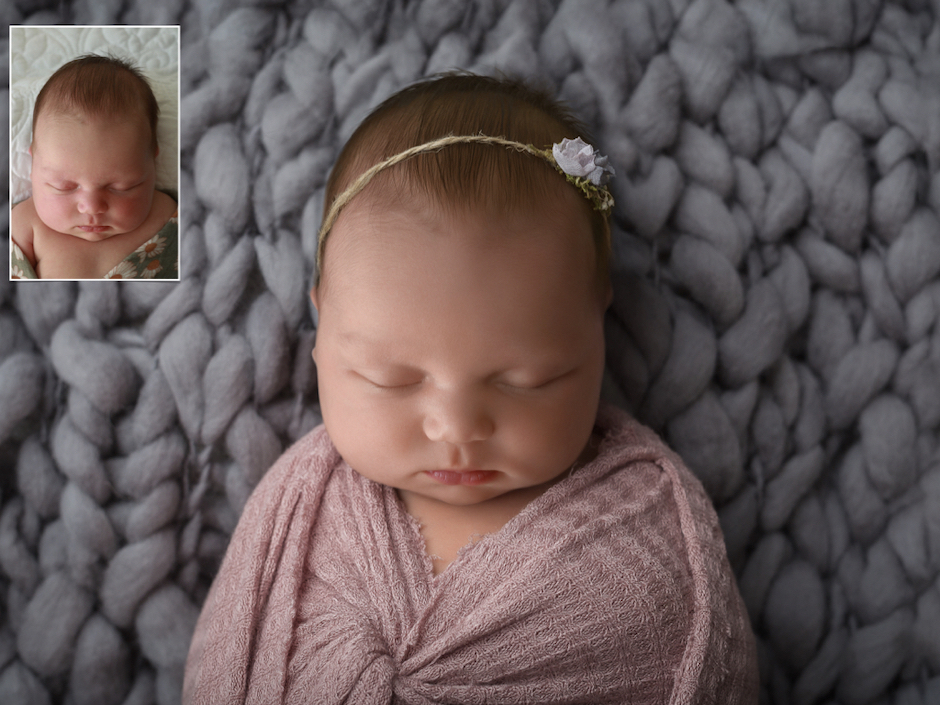Industry News
Both COVID-19 shutdowns and the ripple effect of a struggling economy has undoubtably created a struggle for many small businesses—including photographers. But while programs like unemployment typically leave out the self-employed, COVID-19 federal aid packages recognize gig economy workers and sole proprietors. The Federal Paycheck Protection Program (PPP) is one such program. Designed to allow small businesses to continue paying their employees through a loan that will later be forgiven, businesses with fewer than 20 employees can apply now, while larger businesses can apply between March 11 and March 31, 2021.
The Paycheck Protection Program is a loan that needs to be approved by both a qualified lender and the Small Business Association. While the loan is intended to allow small business owners to continue paying their employees through the COVID-19 crisis, sole proprietors and independent contractors are allowed to apply as well. The loan is intended for businesses that need the funds to support payroll and some day-to-day operations. Businesses must have documented income declines in 2020 to apply.
[Read: Government Funding and Tax Deductions for Photographers in 2021]
PPP loans have a one percent interest and mature in five years. Businesses can apply for up to 2.5 times the average monthly payroll in 2019. (Sole proprietors and the self-employed calculate this based on net profits from tax returns). But, for businesses that follow all the rules, the loans will be forgiven. So, what are the rules currently? According to the U.S. Chamber of Commerce, the PPP rules include:
- Businesses must have fewer than 500 employees to qualify as a small business.
- Businesses need to show a revenue decline in 2020.
- The program is not open to brand new businesses. Companies must have been in operation Feb. 15, 2020, with employees. (The owner can be counted as an employee).
- The funds must be necessary to support operations. In other words, if your business can continue paying employees without it, you should not apply.
- At least 60 percent of the loan must be used for payroll. According to the U.S. Chamber of Commerce, up to 40 percent can be used for rent or mortgage, utilities, operation costs, property damage, supplier costs, and worker protection such as Personal Protective Equipment (PPE).
- Businesses need to continue paying the same number of employees the same amount. The U.S. Chamber of Commerce says that employees that leave can be replaced to still qualify, and in some instances, the business owner can provide documentation that an effort to fill the position was made.
- The compensation is capped at $100,000 for each employee.
The program provides an avenue for struggling businesses to continue paying their employees, whether that’s to remain open or to continue paying staff when working isn’t safe. With weddings limited and people are looking to stay 6 feet apart, many wedding and portrait photographers have been dramatically impacted by the pandemic.
The downside of the PPP loans, as the U.S. Chamber of Commerce points out, is that the loans come with a lot of paperwork and rules. Companies that fail to follow the rules may have to pay back a portion of that loan. Businesses applying for loans of less than $150,000 have simplified paperwork, however. Using a separate bank account for the PPP funds can also help simplify things, Nerd Wallet suggests.
The program, originally passed by Congress in March 2020 and again in December 2020, is nearing an application deadline. Businesses with fewer than 20 employees are allowed to apply early through March 10. Any eligible company that has not yet applied, including businesses that qualify for a second loan, can then apply through March 31.
For more information about PPP loans, including finding qualified lenders, visit the Small Business Administration and the U.S. Chamber of Commerce.





